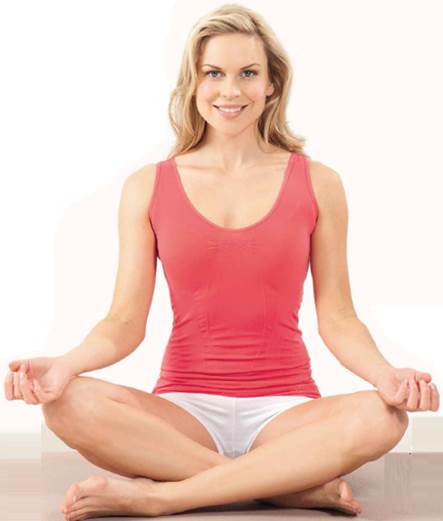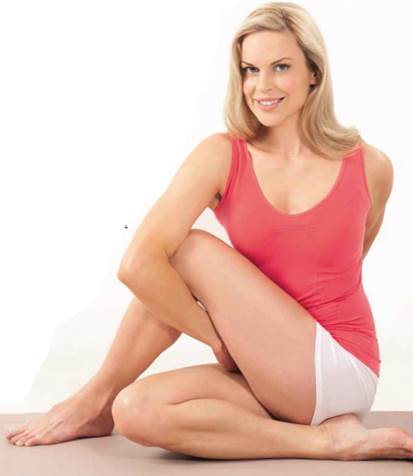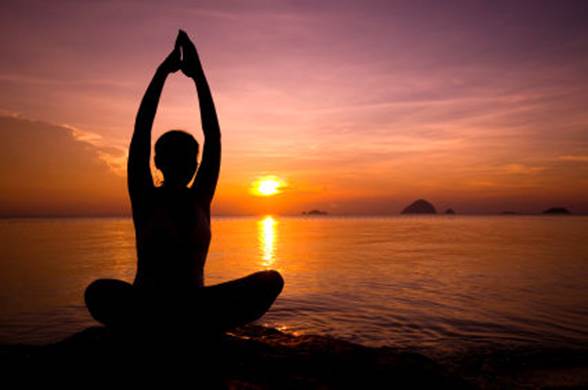Whether you want a slow, static practice or
an energetic, flowing workout, there’s a style of yoga to suit your goal
From the precision of classic Iyengar
classes to the athleticism of ashtanga, there are more types of yoga to choose
from than ever before, so you’re sure to find a method to suit you.

Find
The Best Yoga For You
In ayurvedic medicine – the ancient system
of healing practised in India – it’s believed the type of yoga you’re most
attracted to is the type you least need. For example, stressed out, high-energy
types are often attracted to the challenging poses of ashtanga yoga, but often
what their constitution needs is the relaxing effects of gentler yin yoga.
First, you need to learn the basics of yoga
(similar in most styles) in a beginner’s class, then you can start trying
different yoga classes. Look for classes that challenge you but leave you
feeling relaxed after. See how your body looks and feels after a month of
regular practice. Your energy should increase, you should feel calmer, begin to
see changes to your body shape and feel muscles you haven’t felt in a while! If
this isn’t happening, try a different class.
Read on to discover the right type of yoga
to suit your goals and body type, from Iyengar for a deep stretch to calming
hatha.

There’s
a style of yoga to suit your goal
Hatha
What
is it?
Hatha means ‘energetic’ and it is the basis
of all forms of physical yoga. Its primary purpose is to move prana, or energy,
through the body using held postures and breathing.

Hatha
means ‘energetic’ and it is the basis of all forms of physical yoga.
What
to expect
Classes usually last for 60-90 minutes and
include breath awareness, a warm-up to open your joints and muscles, and
prepare and open your body; a series of postures held for anything from one to
20 breaths; relaxation, breathing and perhaps some meditation at the end.
Postures are usually slow and deep and not as dynamic as styles such as
ashtanga or anusara.
Best
for
Anyone who feels stressed, tired or
wound-up. Hatha yoga provides a firm foundation for anyone looking to feel
better.
Teacher’s
tip
Opt for a six- to-eight-week beginner’s
course to teach you the fundamentals of breath and alignment so you can join in
classes with confidence.
Iyengar
What
is it?
Developed in India by BKS Iyengar, this
style is all about alignment and the finer details of postures. It uses props
such as blocks, chairs, bolsters and ropes to help release and align your body
in postures that are held for six to 20 breaths or even longer. It’s
challenging but deeply effective.

Iyengar
- Developed in India by BKS Iyengar, this style is all about alignment and the
finer details of postures
What
to expect
There are no sun salutations in this
precise system and teachers may give instructions abruptly, so don’t take it
personally! Some classes focus on a few postures to correct your alignment,
which will then affect your practice overall. Expect to feel muscles you didn’t
know you had.
Best
for
People who love detail and precision and
also want to stretch deeply.
Teacher’s
tip
Make sure your teacher’s correctly
accredited as this system needs specialist knowledge. See iyengaryoga.org.uk.
Ashtanga
What
is it?
Created in 1948 by Sri K. Pattabhi Jois,
another of yoga’s modern founding fathers, ashtanga involves a series of around
50 postures practised in order. Sometimes referred to as ‘power’ or ‘vinyasa’
yoga, it’s a dynamic, flowing sequence that creates heat in the body and leaves
you feeling sweaty, stretched and invigorated.

Ashtanga
- Created in 1948 by Sri K. Pattabhi Jois, another of yoga’s modern founding
fathers, ashtanga involves a series of around 50 postures practised in order
What
to expect
Up to seven rounds of two types of sun
salutations make your body hot, then a series of challenging standing, sitting,
twisting, inverted and supine postures are held for five breaths each. Classes
are rarely less than 90 minutes long and can sometimes run to two hours.
Best
for
Sporty types, those wanting to get into
shape quickly, anyone who likes to sweat and those who thrive on routine and
structure.
Teacher’s
tip
People with competitive, type-A
personalities are often drawn to ashtanga yoga. Be careful not to run before
you can walk. Don’t mimic experienced ashtanga yogis in your class – they do
astoundingly pretzel-like postures that require strength and skill.